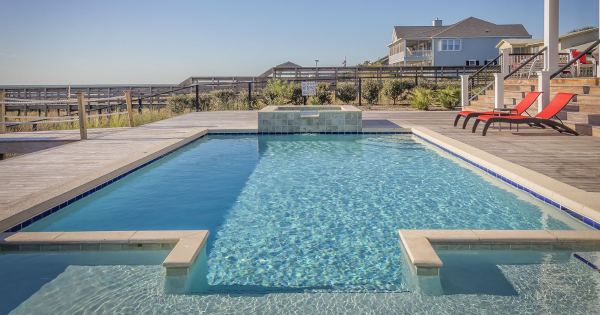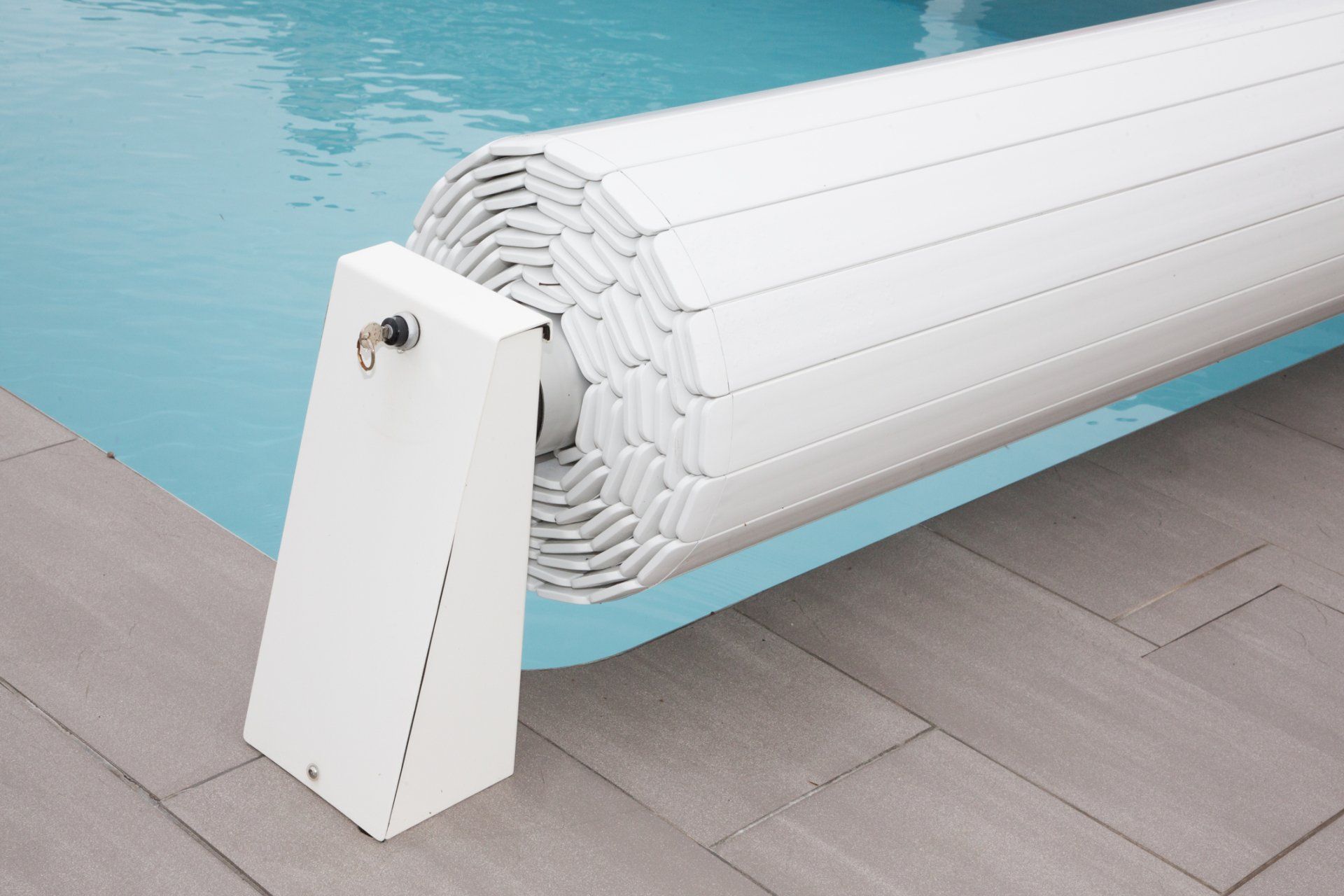Types of Pool Finishes: Pros and Cons
During pool installation, homeowners want a finish for their pool that complements the aesthetics of their home. However, attaining a consistent color can be a significant challenge. You also have to think of the durability and maintenance implications of the type of finish you choose.
In this post, we'll look at some of the finishes pool builders
use for residential homes.
Plaster Pool Finish
Plaster is an inexpensive option you can choose for your pool finish that has stood the test of time. It made up of water, cement, and other aggregates. It can last for approximately five to eight years without significant etchings and inconsistencies.
The traditional white finish is one of the best options if you opt for plaster. With non-white colors, it can be difficult for pool builders to attain a uniform finish. Plaster is applied in multiple layers, so there are bound to be some inconsistencies during pool installation.
But there are swimming pool contractors who have perfected the skill of applying plaster. An experienced professional can use other types of colors, such as grey or blue. The main problem with plaster is that it is subject to exposure to chemicals in the pool. The color may start to fade before the expected end of life of the finish.
Aggregate Finish For Pools
The polished aggregate is made of crushed stones, such as quartz and granite. The aggregates are polished flat to ensure the pool has a distinct sheen.
In exposed aggregate, the mixture of quartz, granite, and other materials is not polished. However, they are smoother to the touch than a plaster finish.
The main advantages of the aggregate finish are its aesthetics and extended durability. Pool builders can use a broader range of colors and achieve high levels of uniformity. You can expect the aggregate finish to last between 10 and 12 years.
The disadvantage is that the aggregates can, at times, feel uncomfortable to walk on. The color on the tile can sometimes fade within the first few years. It is also a more expensive option for pool repair and renovation than plaster.
Tile Finish
If you want a unique design for your pool, tile is probably the best option you can choose. You can use it with other materials and finishes, such as stone and aggregate. It can be painted to create varying designs for your pool.
Unlike the other types of finishes, the application of the tile is different. The tiles can be placed by hand, making the process easier for pool builders. You can choose a variety of materials such as glass, aggregate, and ceramic tiles.
The main disadvantage of this option is the expense. Tiles are hand-applied, and it can take a considerable amount of time for your pool service company to finish the project.
In Conclusion
Plaster is the most inexpensive finish you can use, but it has limited options when it comes to aesthetics. Tiles are the most expensive, but they are the best choice for durability and achieving dynamic designs. The type of finish you pick will depend on your budget and personal preferences. For more information on other options, visit our website today.

December 9, 2020
Having a swimming pool in your backyard can boost your home's value by up to 7%. There's no doubt about it, swimming pools are a great investment and offer your family hours of fun time in the sunshine. But when your pool requires repair, you'll need swimming pool contractors to help you out. But how do you know if you need swimming pool repair services? Here are four signs. 1. Broken or Cracked Tiles Inspect the tiles around your swimming pools for damage such as chips or cracks. Small cracks in the tiles or a broken tile can indicate problems with your pool's substructure. When you find them, look for local swimming pool contractors to find a reputable pool repair service to fix your broken tiles. 2. Broken or Loose Plaster or Fiberglass Inspect the plaster or fiberglass on the inside of your pool. Water seepage can cause the plaster to loosen, flake, or even break. Fiberglass can also crack or bulge with age. If not repaired, water seepage will damage the substructure of your pool. If you see any hairline cracks or chips, you'll need to contact a pool contractor to make repairs. 3. Damaged Pool Coping Pool coping is the material used to cap the edge of your pool's inner shell from the surrounding surface area. Coping keeps water from getting behind the pool's shell. Coping pieces, if not maintained, can chip or crack. Because people walk on this material and could get injured, it's important to keep it damage-free. If you see any damage in your pool coping, don't wait. Contact your local swimming pool contractors to have your pool repaired. 4. Problems With the Mastic Pool mastic is the caulked expansion joint around your pool, which seals your pool so that no water gets into the concrete surround. When the mastic starts to crack or flake away, then you need to have someone come out for pool repairs to replace this all-important material. If you don't, the water seeping through it could cause damage. The water in your pool is a cool summer treat, and you want to be able to enjoy it with your family for years to come. Remember to contact your local swimming pool contractors at the first signs of cracks, chips, or breaks in your pool's surfaces. Regular pool inspection and repair will make sure that your pool will add value to your home and that your family will be able to enjoy it for years to come.
CONTACT
SUMMER HOURS
- Mon - Fri
- -
- Saturday
- -
- Sunday
- Closed
CONTACT
631-586-213594 North Industry Ct.Deer Park, NY 11729
SUMMER HOURS
- Mon - Fri
- -
- Saturday
- -
- Sunday
- Closed
Pool Openings in Nassau County
© 2025
Sky Blue Pools | Privacy Policy | All Rights Reserved | Powered by PS Digital




